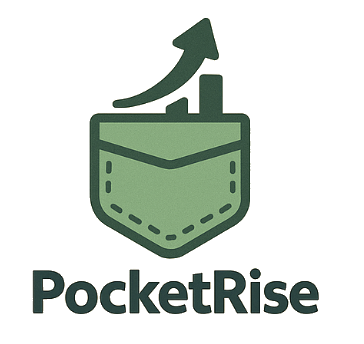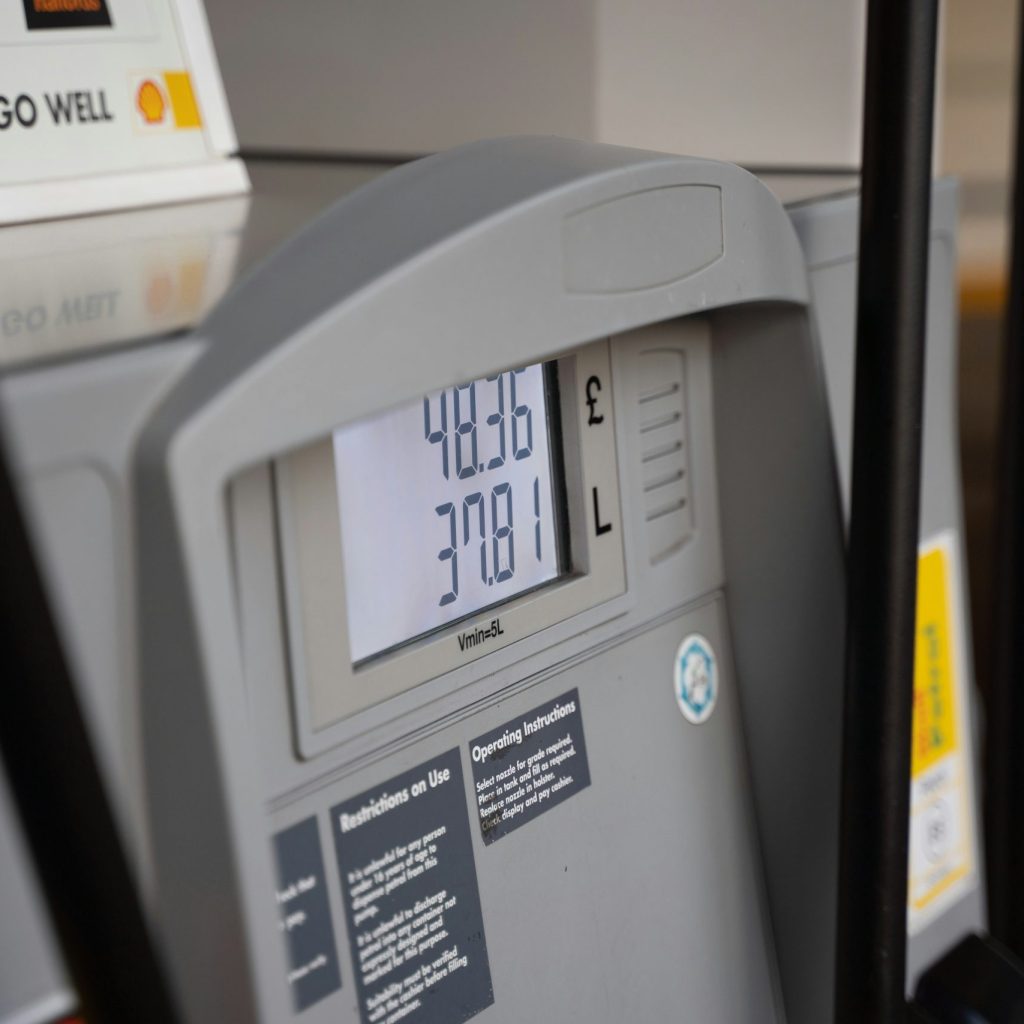Good news: prices aren’t rising as fast as they were. The latest inflation report shows that the Consumer Price Index (CPI) rose just 2.3% over the past year in April — the smallest increase since February 2021. That’s a slight improvement from March’s 2.4% gain and a sign that inflation is cooling overall.
But what does that mean for your day-to-day spending? Let’s break it down.
Food Prices: A Mixed Bag, But Getting Better
After some eye-popping jumps in food costs last year, things are finally settling — a bit.
- Grocery prices fell 0.4% in April, which helps after a 0.5% jump in March.
- Egg prices dropped a surprising 12.7% from March — but they’re still nearly 50% higher than they were a year ago.
- A dozen Grade A eggs now cost $5.12, down from $6.23 in March, but still much higher than the $2.86 average a year ago.
- Meat remains expensive: Ground beef is up 10%, steaks are 7% higher.
- Eating out? Prices rose 0.4% month-over-month and are 3.9% higher than a year ago.
🔍 Bottom line: groceries are stabilizing, but not quite back to “normal.”
Medical Costs: Still Climbing
Healthcare is one category where inflation isn’t slowing much:
- Medical services are up 3.1% year-over-year.
- Hospital services: +3.6%
- Nursing homes: +4.6%
- Prescription drugs increased 2.3% from last year.
- Health insurance jumped 3.3% compared to April 2024.
📈 Medical costs continue to outpace many other categories — something to watch if you’re budgeting for care or insurance.
Housing & Transportation: Slowing, But Still High
Shelter costs — the largest part of most budgets — rose 0.3% in April, and are 4% higher than a year ago.
But there’s hope:
- Rents are starting to stabilize in some cities, thanks to new apartment construction.
- Home price growth is slowing, too — welcome news for buyers.
Meanwhile, car prices (especially used ones) are finally calming down:
- Used cars dropped 0.5% from March, and are just 1.5% more expensive than last year.
- New car prices were flat, which may reflect dealers absorbing some of the impact of new tariffs.
⛽ And some relief at the gas pump: gas prices fell 0.1% last month, and are 11.8% lower than a year ago.
What to Watch Next
Inflation is still slightly above the Federal Reserve’s 2% target, and the full impact of new tariffs likely hasn’t shown up in the data yet.
Because of that uncertainty, the Fed is expected to hold interest rates steady in the near future — no rate hikes for now, but no cuts either.
What This Means for You
- You may notice slower price increases in groceries, gas, and cars.
- Medical and housing costs are still a squeeze for many households.
- This could be a good time to review your budget, refinance high-interest debt, or shop around for deals in categories where prices are cooling.



